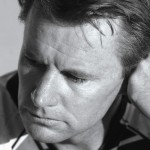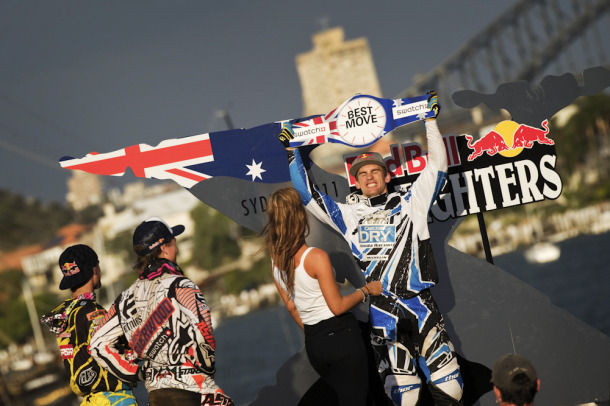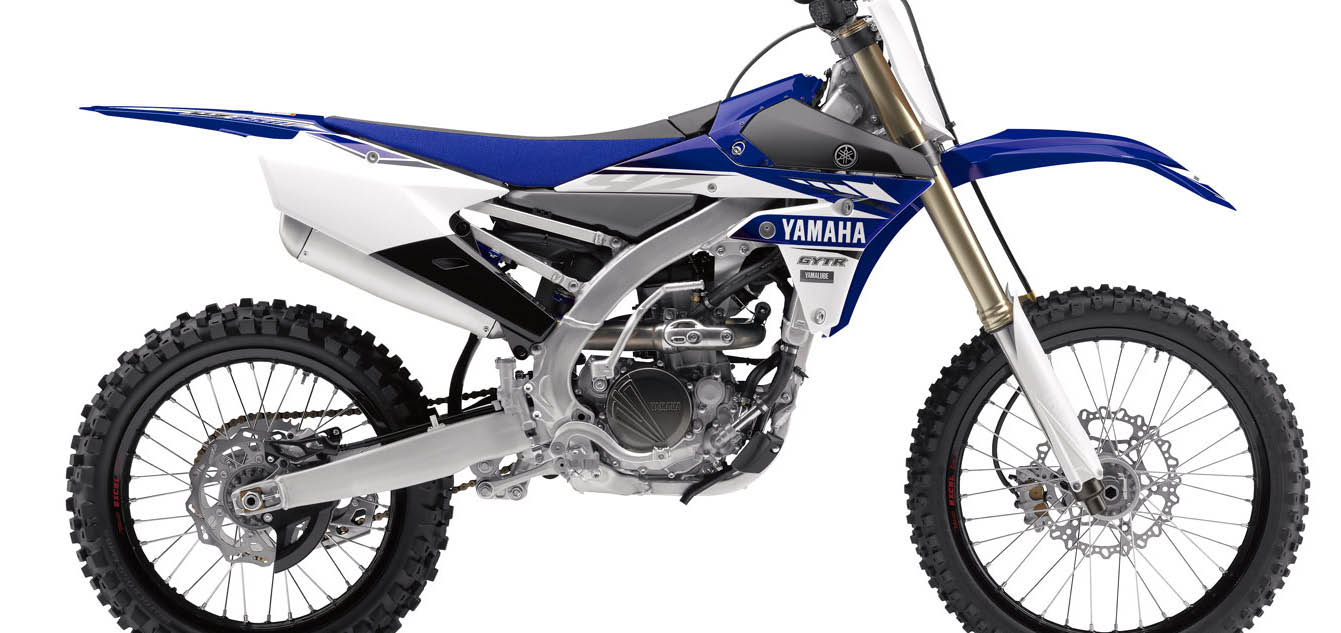THE CHANGING FACE OF RACING
The changing face of racing means the problems confronting riders and teams today are very different from those old timers like me used to have. My problems in order of priority were: 1. How do I stop stuff flying out of my ute on the way to and from the track? 2. Will that canteen sell Gatorade or should I buy some on the way to the track? 3. Is it far to McDonalds so I can grab a feed on the way home? Big issues, I know, but these young punks have plenty more on their plate.
1. Call race promoter and organise an acre to pit in
Yep, days in advance riders and parents must plot their flat, well-manicured pit site, have plans submitted to council and find enough space to walk the dog. Most families rock in with a four-bedroom house on wheels, 23 motorbikes and only one kid racing, so they need a bit of space. Cruising into a junior pit area is like driving into a Big Four Caravan Park.
Often an enormous amount of land is set aside to the detriment of other riders. I’m all for camping with the cost of racing these days, but if you are going to camp at the track, have your camping area set aside so it doesn’t interfere with the function of the pits. It’s a motorcycle race, not a holiday. And you don’t need an acre to park up in either.
2. Water flow
In my day, washing your bike between races meant taking a bucket and a sponge and launching some water at it during the day. Nowadays, bikes generally get muddier and dirtier as the rider rides back from the track through the pits as every man, woman and child has a pressure washer and a town reservoir of water.
The mess left in the pits after washing at most races is enormous and if any club wants to know where all their dirt has gone, take a walk through the pits at the end of a days’ racing. It doesn’t matter if it’s MX Nationals or a local club run, when a lot of people start throwing a lot of water, it is going to make a mess.
Planning the flow of water now requires surveyors and water course experts as the last thing you need is to flood your pit neighbours in as they crates a very tense day in the pits, or worse, you flood yourself in and get bogged to the axles trying to leave. I have done both in my time and don’t recommend either.
3. Mapping
No, not mapping to get to the track, the GPS takes care of that even though not many tracks in Australia are on GPS maps. I’m talking about ignition and EFI mapping. In the old days if you wanted more bottom end, you bolted up an extra tooth on the rear sprocket. If you wanted top end, you took one off the rear. It wasn’t rocket science, but it was effective.
Now with programmable ignitions and EFI, everyone wants to have a map or program to suit every track, and every surface in every location. I even hear talk of people wanting mapping changes during a lap to suit corners or the racing surface.
Listen here Einstein: motocross is a pretty simple sport. You ride as fast as you can for as long as you can until some guy waving a black and white tablecloth tells you to stop. If you pass that guy first, you win. Most riders aren’t up to speed in computer programming or other scientific breakthroughs, so my suggestion is to keep the solution simple, as the rider really doesn’t have any idea about what you’re talking about. The grade 6 education of many riders didn’t cover any more science and maths than the basics.
4. Fuel
In the old days, there was Super and there was Standard. That was it. Almost everything was Super as with a name like that how could it be bad for your bike or car. The only people who got Standard were the Beta video owners of the world.
Take a look at the options at your local servo today. ULP, PULP, ULP with Ethanol, Ultimate, Vortex, V Power, Roo, Elf, 100octane… it’s all there and at some crazy price. How is a man supposed to pick the fuel that’ll give him the best figure on a dyno, keep engine internals clean, offer sharp throttle response and give off a cool smell to impress his mates? It’s hard, I tell you, damn hard. I get so confused sometimes I just put in two litres of everything and make a fuel cocktail that must do something.
5. Post-race debriefing
In my day, you launched everything you had with you into the back of the ute or van, jumped in and got the hell out of there in search of a big Coke and a chocolate sundae. Now I see riders, teams and parents sit down for a massive UN-style round-table conference about the day and break it down to a moment-by-moment investigation of the event. The funny thing is they all get into the same car and drive home together.
The bottom line is probably this. Rider needs to get fitter – kid, go for a run around the block. Rider needs to get faster – kid, you need to practice. Bike needs to be faster – Dad, let’s start by washing the air-filter properly. Then we can work on chain tension.




